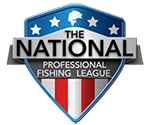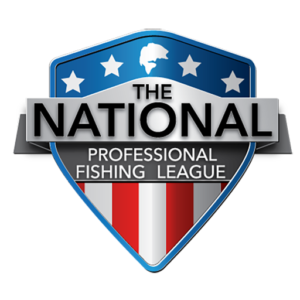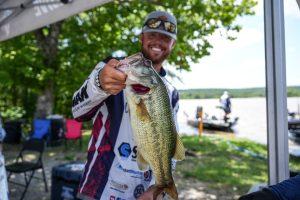Story by Hunter Sales | Photos by Tanner & Travis Lyons
We hear a lot of talk going into the 2025 fishing season about “fishing instincts” and how anglers are going to be forced to utilize them more than in years past due to the elimination of forward-facing sonar in the NPFL. However, it can be difficult to describe fishing instincts to casual fans of the sport and even harder to teach high school and college anglers. We’re going to talk about what these instincts are, where they come from, and how you can refine them.
To me, gut feelings and fishing instincts go hand in hand. Anglers can be heard saying “my gut told me to turn the boat around” often, but there’s usually a deeper, unspoken reason for this. Instincts are innate, typically fixed patterns of behavior that are inborn and not learned. Instincts are usually automatic, occurring without conscious thought or reasoning. By comparison, I believe that most anglers relying on “instinct” have learned fish behavior and patterns so well that their decisions seem automatic, but there is still thought behind them. For example, an angler running at 65 mph may realize that wind current is blowing perfectly through a bridge at Lake Guntersville creating a feeding scenario that requires a few minutes of inspection before continuing upriver. Other scenarios would include seeing a single rock vein in the pre-spawn in an area that features mostly soft bottom or noticing a slight change in the rock composition when fishing down a channel-swing bank.
Now that we’ve identified what fishing instincts are, it’s even tougher to ask, “where do they come from?” They undoubtedly can be developed over massive amounts of time on the water, but there does seem to be an element of these instincts that some people just “get.” I believe that these people learn the behavior of predatory species at a young age and are able to translate it into fishing very easily. For instance, the same things that trigger a cat to chase a laser light or the path a coyote will take when searching for his next meal are a lot of the same behaviors that fish will display. The travel patterns of whitetail deer correlate very strongly with the travel patterns of fish that we’ve learned as well. You can use erratic movements to trigger a bass in the same way you triggered your family’s cat when you were little, and you can keep your eye on the top of a ridge for both bass migration patterns as well as a mature whitetail deer.
If you weren’t blessed with these instincts at a young age, how do you develop them now? One of the ways that I evaluate high school talent is by fishing down a chunk rock bank and watching which targets they cast to. If they miss a shady area behind a boulder, or a rogue boulder that sticks out off of the bank, i know that they’ll need to have time to learn these high-percentage targets and what makes them good ambush points. Fishing with an angler that has more refined instincts can be a way to gradually pick up the “what, when, and why” of fishing. Of course, this requires an analytical brain and paying attention to each cast that is made. There is a big difference between enjoying a sunny day on the water and fishing with the purpose and goal of improving.
I believe we will see a much higher percentage of anglers showing off their fishing instincts in 2025. You will likely see guys fishing high percentage targets more so than in years past and those that excel at bait placement will likely excel in the Progressive AOY standings as well.
I’m excited to show off my fishing instincts at Santee Cooper in early March as we kick off the season!
Hunter Sales – Angler Profile





